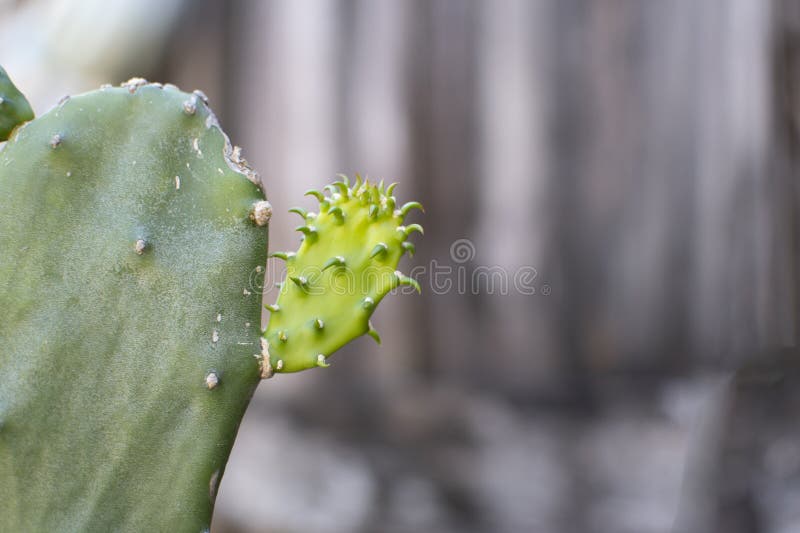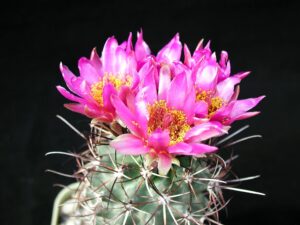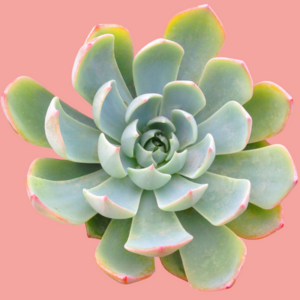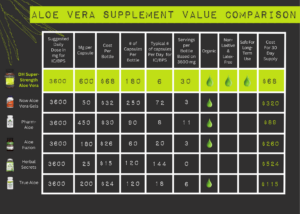The Prickly Pear cactus, belonging to the Opuntia genus, is a remarkable addition to any garden or landscape. Known for its distinctive flat pads and vibrant blooms, it often captivates the attention of both gardeners and passersby alike. When it comes to caring for this resilient plant, understanding new growth is crucial. This article will elaborate on what to expect during the new growth phase of Prickly Pear cacti, alongside effective care strategies.
New growth on Prickly Pears is a dynamic process that not only revitalizes the plant but also represents a period of transformation. This growth typically manifests in spring or early summer when the temperatures begin to warm. During this phase, you can expect fresh pads to emerge from the base of the existing ones or even from the older pads themselves. These tender new pads have a vivid green hue and are more succulent compared to the mature pads, which are harder and slightly grayish. Understanding this phase is essential for ensuring the health and longevity of your cactus.
The emergence of new pads usually indicates a healthy, well-cared-for Prickly Pear. However, it’s essential to recognize that this growth can also signal the onset of certain challenges, including pests, diseases, or nutritional deficiencies. Therefore, a keen eye during this growth phase can support effective preventative measures, ultimately fostering a thriving cactus.
Recognizing Signs of New Growth
As the growth begins, enthusiasts may observe certain indicators. The first sign will often be the appearance of fleshy, small green pads. These may be accompanied by the emergence of small flowers, which can further signify a robust growth environment. Pay attention to the texture; new pads tend to be glossy and plump, while older pads are often rougher and drier.
In addition, new growth often coincides with the presence of bright yellow or red flowers, which will blossom if the conditions are optimal. This flowering not only offers aesthetic pleasure but also attracts beneficial pollinators essential for the plant’s reproductive success and overall ecosystem health.
Understanding the Growth Cycle
The growth cycle of the Prickly Pear cactus is influenced by various factors, including temperature, watering, and sunlight. Generally, these plants thrive in warm conditions, preferring daytime temperatures around 80°F to 100°F. However, they can endure brief temperature fluctuations.
During their active growth phase, Prickly Pears will require adequate sunlight and water. They typically thrive in full sun, so positioning them in an area that receives ample sunlight is critical. Yet, it is important to avoid overwatering as this can lead to root rot—an issue particularly threatening to young pads, which are more susceptible due to their high water content.
Once the optimal growth conditions are met, watch as the pads elongate and mature. Patience is key, as the complete maturation cycle varies based on the specific species of Prickly Pear and the surrounding environmental conditions.
Effective Care for New Growth
Caring for new growth on Prickly Pear cacti requires attention to detail and a nurturing approach. Here are some essential guidelines that promise robust growth and a vibrant appearance:
Soil Selection
Ensure your Prickly Pear is planted in well-draining soil; a cactus mix or a combination of potting soil and perlite can be ideal. Poor drainage can lead to waterlogged conditions, which are detrimental, especially for newly sprouting pads. Amending the soil with gravel can enhance drainage and prevent excess moisture retention.
Watering Wisely
When tending to new growth, implement a meticulous watering regime. Generally, Prickly Pears prefer to dry out between watering. For the best results, water deeply but infrequently, allowing the soil to dry out completely before the next watering session. During spring and summer, the active growing season, you may need to increase watering frequency, but continuously monitor to avoid over-saturation.
Fertilization Techniques
During the growing season, a diluted cactus fertilizer can be beneficial. Apply it sparingly, as over-fertilization can harm the plant and its delicate new pads. A balanced fertilizer, infused with phosphorus, can help enhance pad growth and flowering potential. Always follow the manufacturer’s instructions to prevent damage.
Pest and Disease Management
New growth is often more vulnerable to pests such as cochineals and aphids. Conduct regular inspections and respond promptly to any infestations by removing pests manually or employing insecticidal soap. Additionally, ensure that the cactus is planted in an area with good air circulation, which can help minimize disease susceptibility.
Sun Exposure Considerations
While Prickly Pears thrive on sunlight, newly sprouted pads may benefit from some shade during the most intense heat of the day. Light shading can prevent sunburn, promoting healthier growth. Gradually acclimatize new pads to full sunlight to avoid thermal shock.
Conclusion
In conclusion, the allure of Prickly Pear cacti goes beyond their captivating appearance. Understanding the dynamics of new growth on these plants is vital for successful management. By recognizing the signs of new growth, understanding its growth cycle, and implementing effective care strategies, gardeners can foster a healthy, flourishing Prickly Pear cactus that promises beauty and ecological contributions for years to come. Whether it’s for an ornamental garden or for culinary uses, the Prickly Pear cactus is a resilient and rewarding choice for any plant enthusiast.





Leave a Comment